US President Joe Biden is flying in to reiterate his message that “America is back” after four years of Donald Trump’s bruising diplomacy, although Russian President Vladimir Putin and China’s Xi Jinping will attend only by video link.
Their absence has lowered expectations for the summit, normally a forum for deals between allies and rivals of differing size and power, from the US and China, to Turkey, India, Saudi Arabia, Brazil, Australia and the European Union.
But all eyes will be on their language on climate change, on the eve of crunch COP26 talks starting in Glasgow on Monday.
READ ALSO: Hundreds of youth activists protest climate inaction ahead of Milan summit
Leaders are also expected to rubberstamp a deal to impose a 15 percent minimum tax on global corporations and discuss the post-pandemic recovery and associated risks, including the uneven rollout of Covid-19 vaccines.
Italian Prime Minister Mario Draghi said the summit “marks the return of multilateralism, after the dark years of isolationism and of isolation linked to the health crisis”.
However, Antonio Villafranca, from the ISPI foreign policy think tank, warned the absence of Xi and Putin was “not a positive sign”.
The G20 “is not a transatlantic format but a multilateral format in which it is fundamental that everyone contributes,” he told AFP.
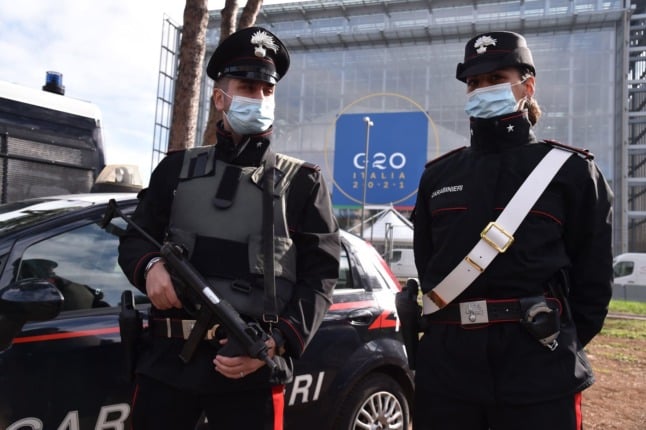
Step up
The timing of the G20 summit, ahead of marathon UN climate talks in Glasgow, has put the effort to slow global warming centre stage.
G20 members are responsible for 80 percent of all man-made greenhouse gas emissions, but are at different stages of development and disagree on how fast they can act.
Italy hopes the G20 will collectively endorse the UN goal of limiting global warming to 1.5 degrees Celsius above pre-industrial levels, one of the aspirations of the landmark 2015 Paris climate accords.
READ ALSO: Nine in 10 Italians ‘want more action on climate crisis’, new study finds
But G20 members remain at odds over the other major goal of reducing greenhouse gas emissions to net zero by 2050. China has set a 2060 target, but India – pointing to its status as a developing country — has not made a similar commitment.
The risks to the post-pandemic recovery will also feature in the Rome talks, from inflation and rising energy prices to supply chain issues and the slowdown in China’s economic growth.
No new pledges are expected on Covid-19 vaccines, but Italy wants more help for lower income countries to help distribute existing jabs and build more resilient health systems.
“Global solidarity in facing this pandemic has been pretty wanting,” noted Emma Ross, senior research fellow at the Chatham House think tank.
“The G7 didn’t rise to the occasion, so everyone is looking to the G20 now to see if this wider representation of global leaders can step up.”
Vatican diplomacy
The summit takes place on Saturday and Sunday but many leaders will fly in on Friday and a flurry of bilaterals are expected, in the first physical gathering many world leaders have attended since Covid-19 struck in early 2020.
Biden will meet Friday with French President Emmanuel Macron, seeking to smooth ties with the latter after Australia scrapped a French submarine deal in favour of a US-UK agreement.
The president, a practicing Catholic, will also meet Pope Francis. The pontiff will also receive Indian Prime Minister Narendra Modi and South Korean President Moon Jae-in over the weekend.
Security will be tight at the summit, particularly after violent clashes earlier this month in central Rome between police and protesters against the extension of Italy’s coronavirus pass to all workplaces.
READ ALSO: Italian far-right group leaders arrested after violent clashes in Rome
Border controls have been temporarily reintroduced, derogating from Europe’s passport-free Schengen area, while a no-fly zone is in place over most of the capital.
Meanwhile 500 soldiers have been mobilised to help out with the summit, which is being held away from the city centre in the Mussolini-era suburb of EUR.

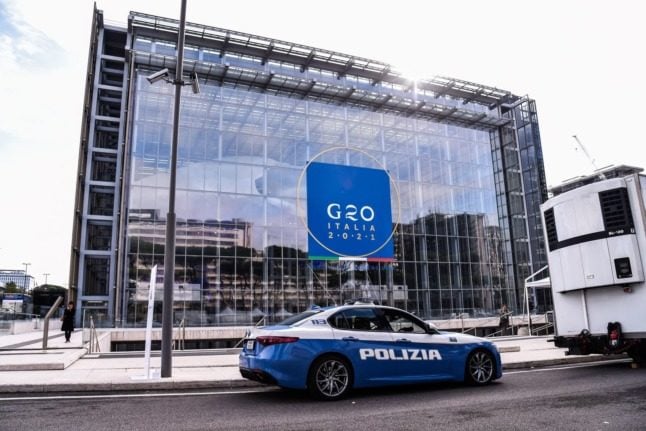
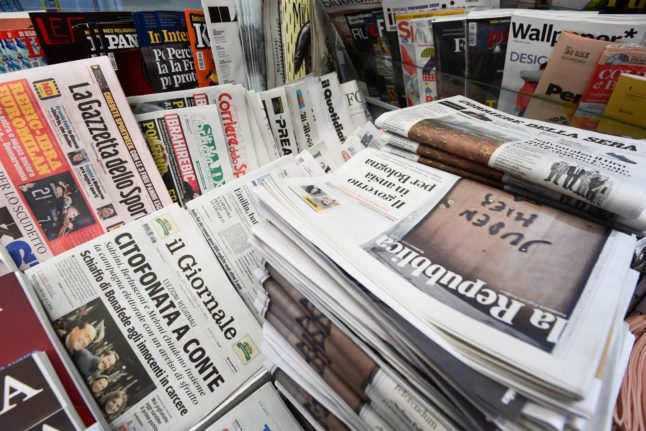
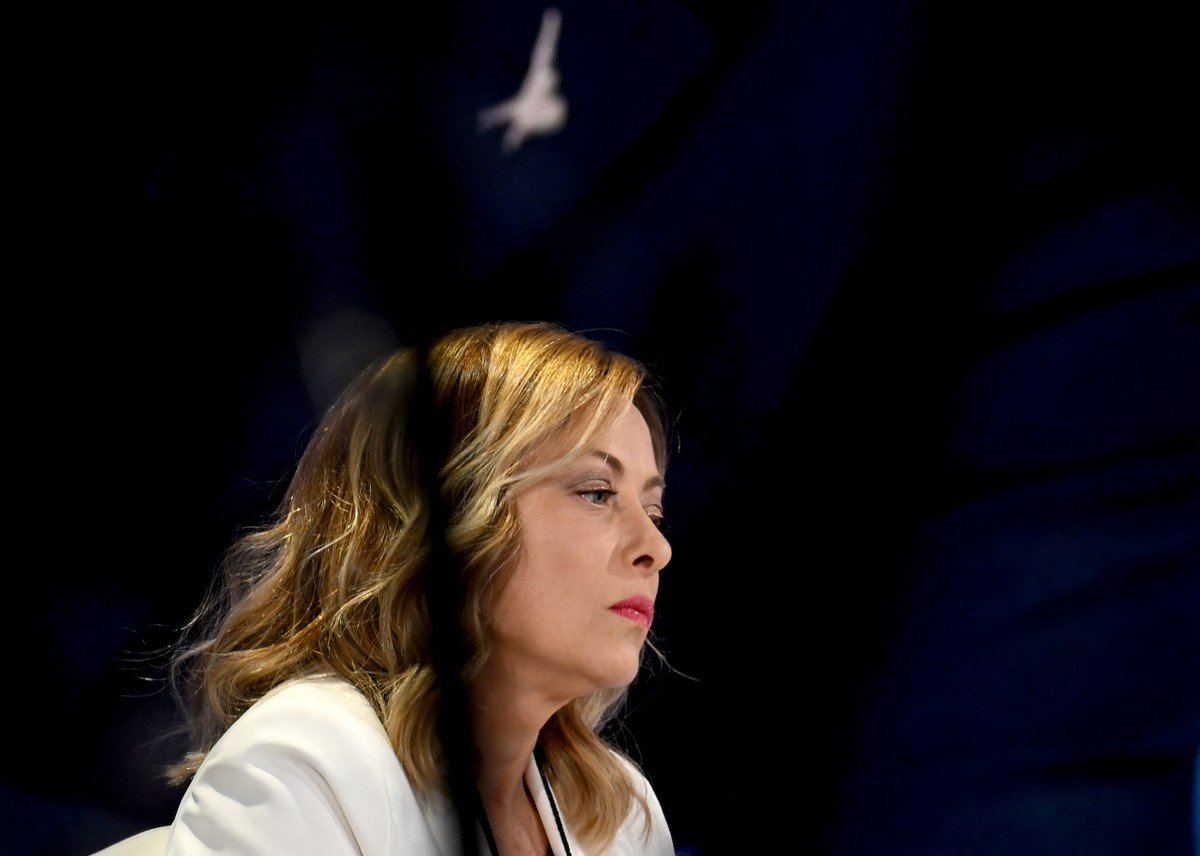
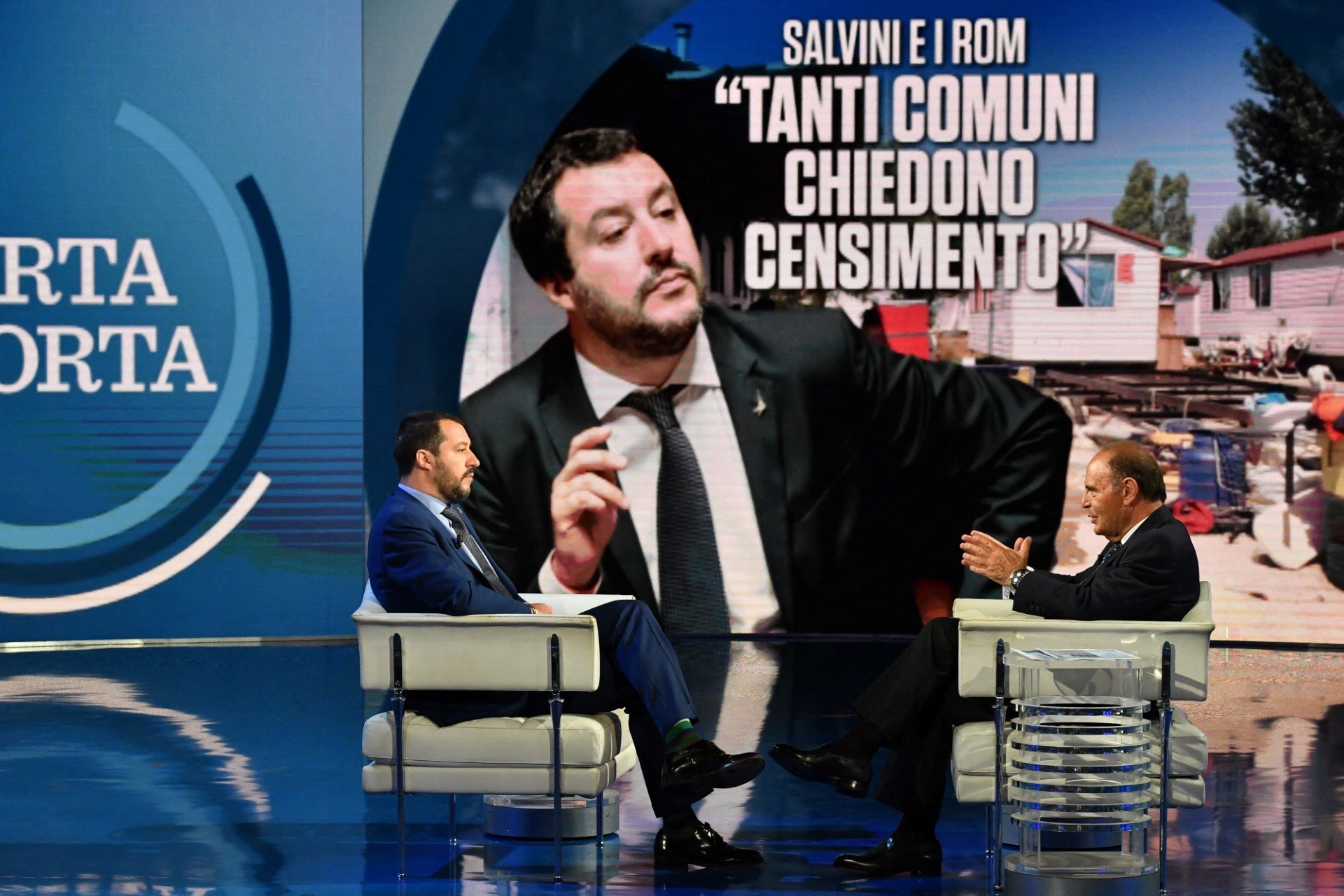
 Please whitelist us to continue reading.
Please whitelist us to continue reading.
Member comments